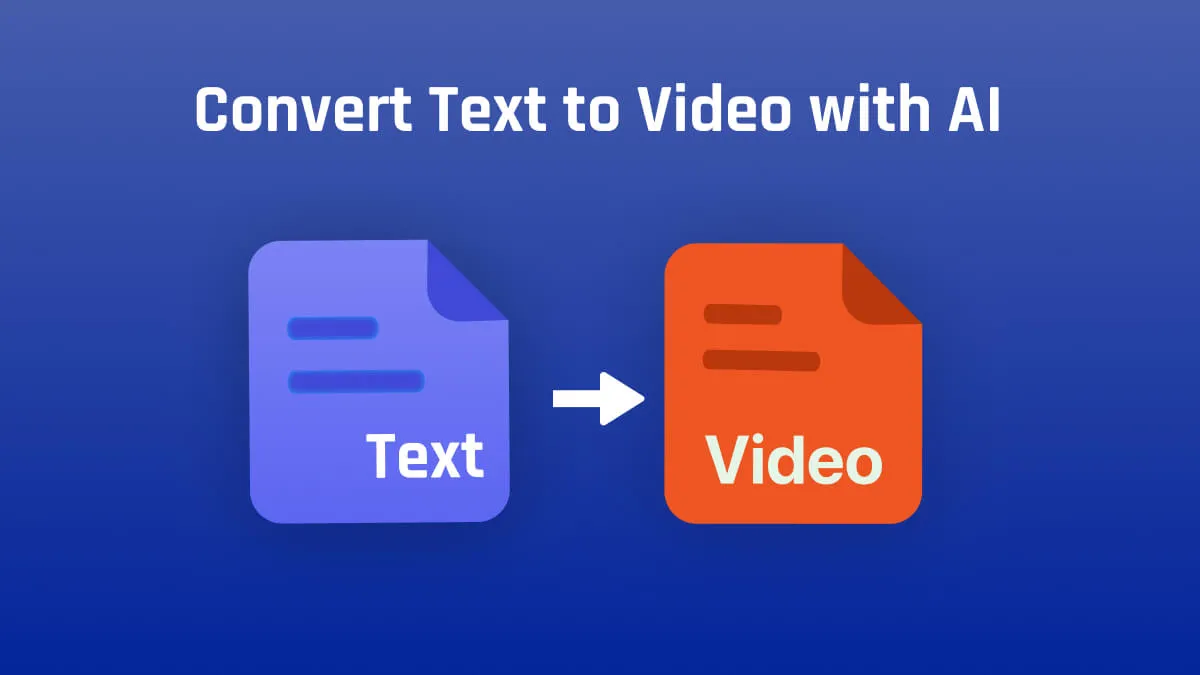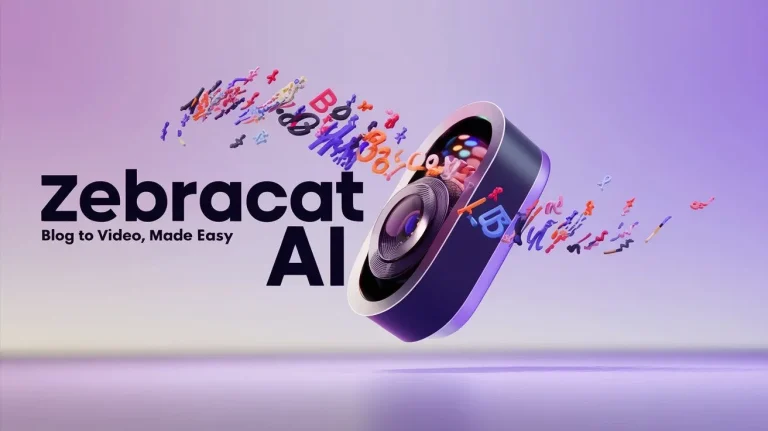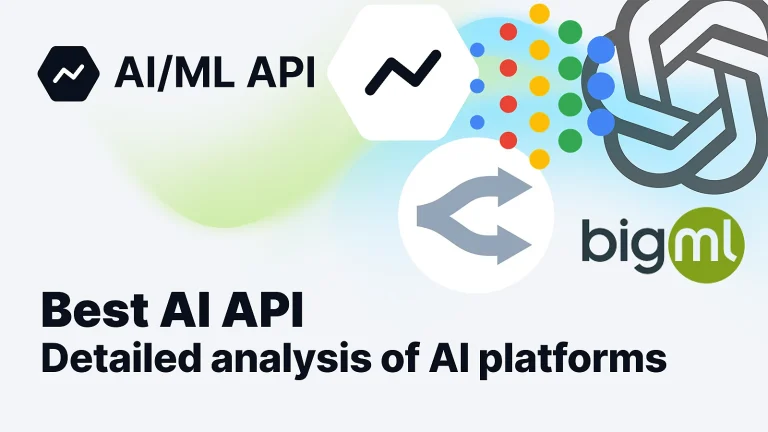7 Game-Changing Text to Video Tools Revolutionizing Content Creation
This has always been a fascinating topic for me when I talk about AI technology in video production. Text to video technology has transformed the landscape of digital content creation for me, offering innovative ways to convert my written words into engaging visual narratives. As I dive into the world of text to video tools, we’ll explore how these AI-powered platforms are reshaping the way we communicate and share information online.
Text to video technology utilizes artificial intelligence to interpret our written content and generate corresponding visual elements, creating dynamic videos from static text. This revolutionary approach has opened up new possibilities for content creators like myself, marketers, and educators alike, allowing us to produce high-quality video content with minimal effort and resources.
Table of Contents
The Rise of Text to Video Platforms
From what I see in recent years, we’ve witnessed a surge in the development and adoption of text-to-video platforms. These tools have become increasingly sophisticated and I am absolutely amazed by this, offering a wide range of features and capabilities that cater to various industries and use cases. From marketing campaigns to educational content, text-to-video technology is making its mark across diverse sectors.
Key Features of Text-to-Video Tools
| Feature | Description | Benefit |
|---|---|---|
| AI-powered script analysis | Interprets written content to generate relevant visuals | Ensures coherent and engaging video output |
| Customizable templates | Pre-designed layouts for different video styles | Streamlines the creation process |
| Voice-over integration | Converts text to speech for narration | Adds a professional touch to videos |
| Stock media libraries | Access to vast collections of images and footage | Enhances visual appeal without additional costs |
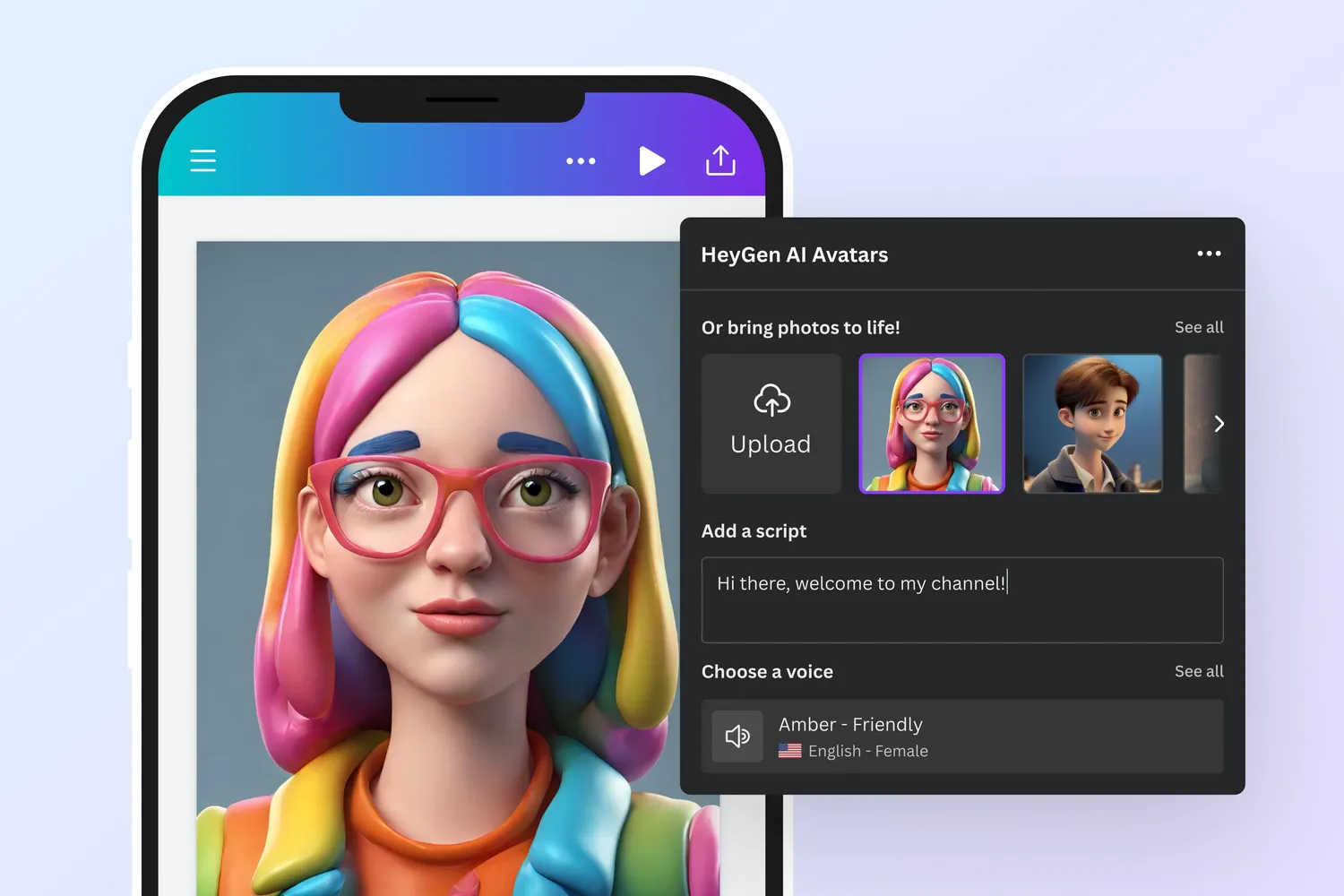
Popular Text-to-Video Platforms
Several text-to-video platforms have emerged as leaders in this space, each offering unique features and capabilities. Let’s explore some of the most popular options:
- Lumen5: Known for its user-friendly interface and AI-driven content creation.
- Synthesia: Specializes in creating videos with AI-generated avatars.
- Animoto: Offers a wide range of customizable templates for various industries.
- Wibbitz: Focuses on news and media content creation.
- Rocketium: Provides advanced automation features for large-scale video production.
These platforms leverage text-to-video technology to simplify the video creation process, making it accessible to us folks with varying levels of technical expertise.
Text to Speech Video: Enhancing Accessibility
One significant aspect of text-to-video technology is its integration with text to speech capabilities. This feature not only adds a professional narration to my videos but also enhances accessibility for viewers with visual impairments. Text to speech video functionality allows content creators to reach a broader audience and comply with accessibility standards.
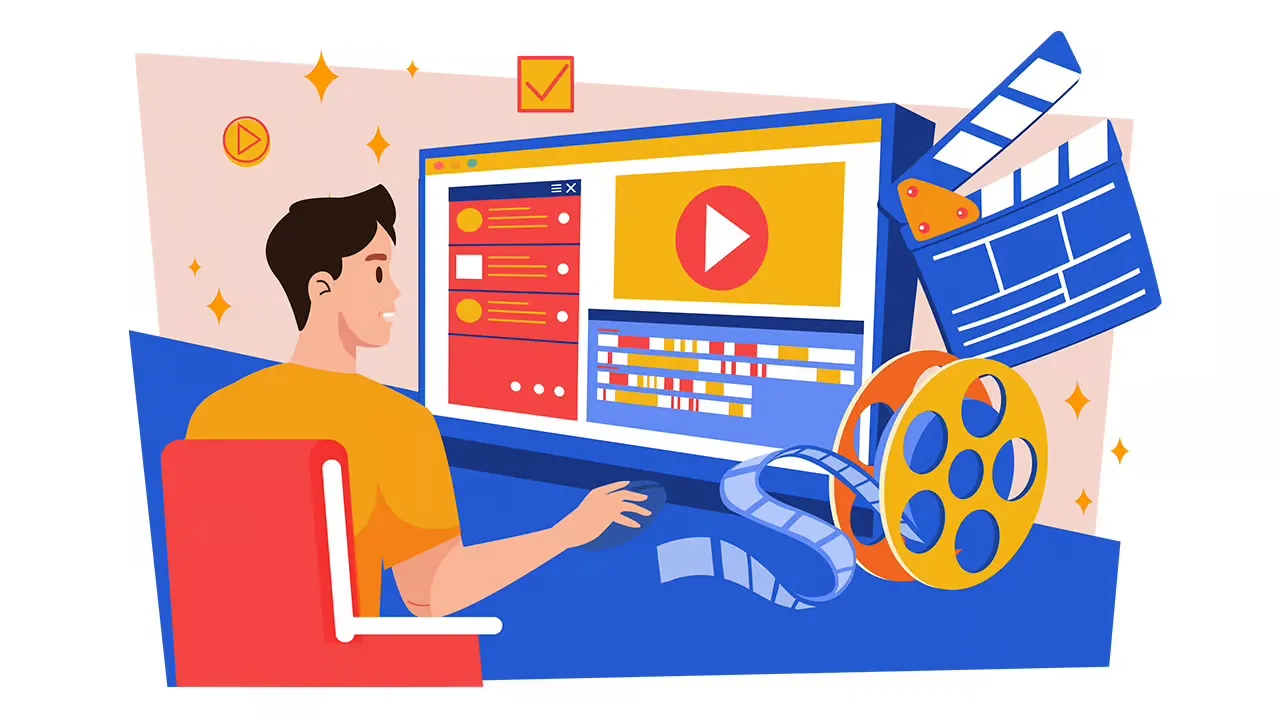
From Script to Video: Streamlining Production
The ability to transform a script to video has revolutionized the production workflow for many content creators. This process involves several key steps:
- Script writing and optimization
- AI analysis of the script content
- Automatic selection of relevant visuals and animations
- Integration of text-to-speech narration
- Final rendering and editing
By automating these steps, text-to-video tools significantly reduce my time and resources required for video production such as Synthesia AI, allowing creators to focus on crafting compelling narratives.
Applications Across Industries
Text-to-video technology finds applications in various sectors:
- Marketing: Creating engaging social media content and product demos
- Education: Developing interactive learning materials and explainer videos
- Journalism: Producing quick news updates and visual stories
- Internal Communications: Crafting engaging company announcements and training videos
As the technology continues to evolve, I can expect to see even more innovative applications across different industries.
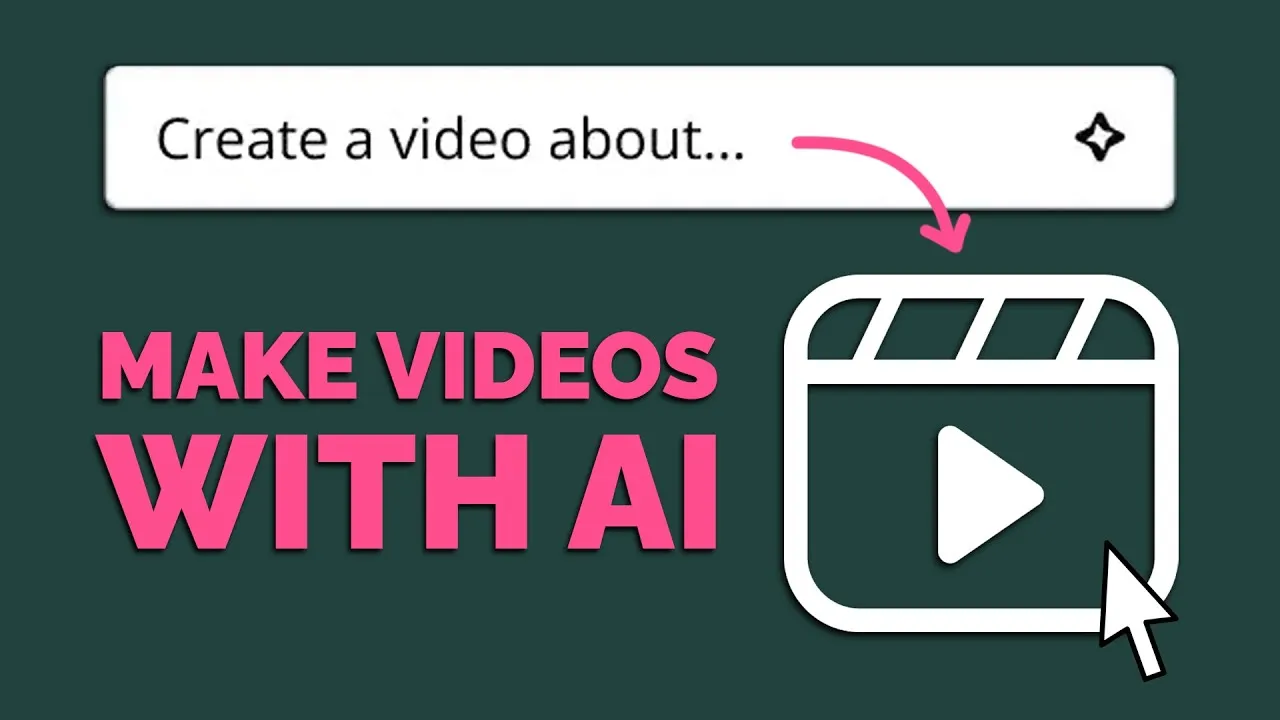
The Future of Text-to-Video Technology
As AI and machine learning technologies advance such as Zebracat AI, we can anticipate further improvements in text-to-video platforms. Future developments may include:
- Enhanced natural language processing for more nuanced visual interpretations
- Improved customization options for brand consistency
- Integration with virtual and augmented reality technologies
- Advanced analytics for measuring video performance and engagement
I believe these advancements will continue to push the boundaries of what’s possible in digital content creation, making text-to-video tools an indispensable asset for creators and businesses alike. AMEN to That!
In conclusion, text to video technology has emerged as a powerful tool for transforming written content into engaging visual narratives. From text-to-video platforms to script to video workflows, these innovations are reshaping not only my world but also the landscape of digital communication, offering new possibilities for creators across various industries.

